Birds of Prey
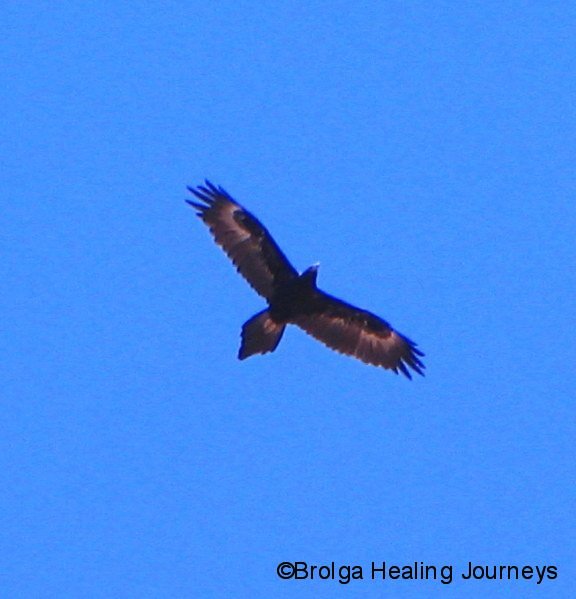
Birds of prey hold a special fascination for us humans, and Australia’s birds of prey are no exception. We gaze in wonder at them as they soar high above the earth, effortlessly riding the wind thermals, searching the ground far below for food using their exceptional vision.
In many cultures they symbolize spiritual attainment; their high soaring habit representing a capacity to rise above earthly concerns and to view issues from a dispassionate position, a place of wisdom. We use the expression ‘eagle-eyed’ for people of keen vision and insight.
In ancient Egypt, the God Horus took the form of the Falcon, while the Eagle appears on more national coats of arms than any other creature. The Founding Fathers of the USA included ancient spiritual symbols such as the Pyramid and the Third Eye and, appropriately, the Bald Eagle, in their Great Seal.
Of course, as a bird of prey, the Eagle has warlike associations too. The Roman legions marched behind an Eagle standard. Napoleon adopted the Eagle as his herald, as did the Germans during the Second World War.
But let us not become distracted from the creatures themselves, for they are majestic and beautiful, if sometimes ruthless.
Australia has two dozen species of raptor, or birds of prey. (This figure does not include Owls and Nightjars, which will be the subject of a separate post.)
WEDGE-TAILED EAGLE
The largest, and best known of Australia’s raptors, is the Wedge-Tailed Eagle, with a wing span of up to 2.5 metres. The Wedge-Tailed Eagle is often seen soaring high above mountains, escarpments and cliffs, but you are just as likely to see one or more beside a highway feeding on road-kill. They happily feed on carrion as well as freshly caught prey.
Usually, it is the non-territorial juveniles seen in groups beside the road. Paired adults permanently maintain their nesting sites high up on rock faces, or high in the forks of trees. Some nesting sites are used for many generations. In the Canberra region, some sites along the Murrumbidgee River have been dated to many hundreds of years old. These ancient sites are now under threat by proposed new dams to service our capital’s ever growing population.
Apart from road kill, which after all is a relatively recent phenomenon, this raptor will sweep down in long, slanting dives to catch small to medium-sized mammals and reptiles. The Wedge-Tailed Eagle is known to catch wallabies and young kangaroos, and has prospered from Australia’s large feral rabbit population.
As we were driving through the bush towards the Mungo National Park in outback NSW, we were surprised by a kangaroo, closely followed by her joey, crossing the road at speed ahead of our car. We were even more surprised to see a Wedge-Tailed Eagle flying low in hot pursuit. We don’t know the outcome of that encounter.
When I first travelled extensively through inland Australia in 1989, I remember stopping my car and attempting to sneak up on a Wedge-Tailed Eagle for a better photograph. Silly me! I soon realized that if I could see it, it would have been more than aware of me with its telescopic vision.
In flight, the Wedge-Tailed Eagle is easy to identify by the diamond, or wedge shaped tail, from which it gets its name. On the ground, the heavily feathered, or almost pantalooned, legs of the bird are readily apparent.
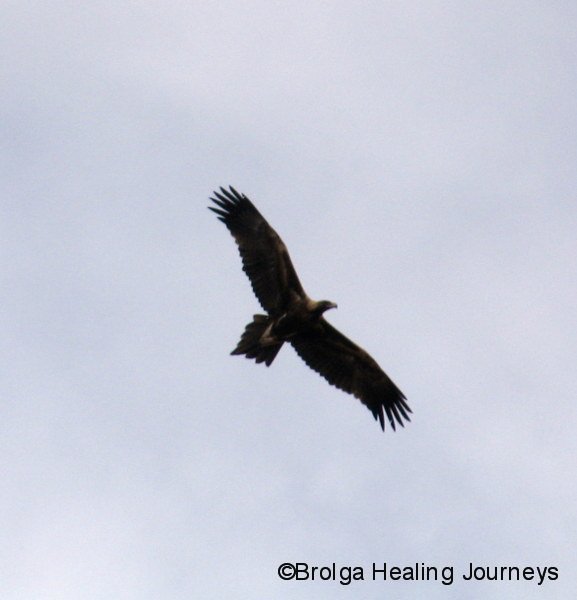
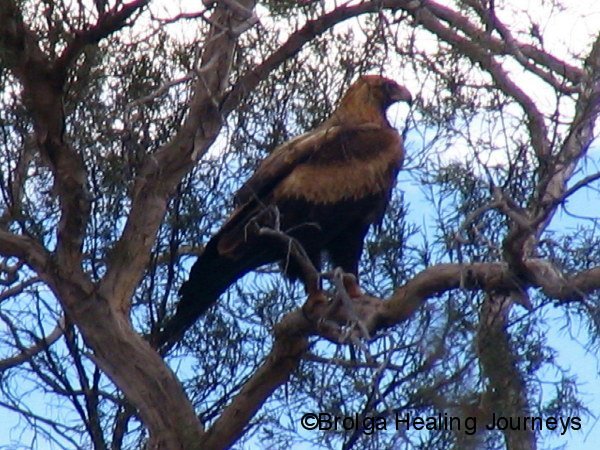

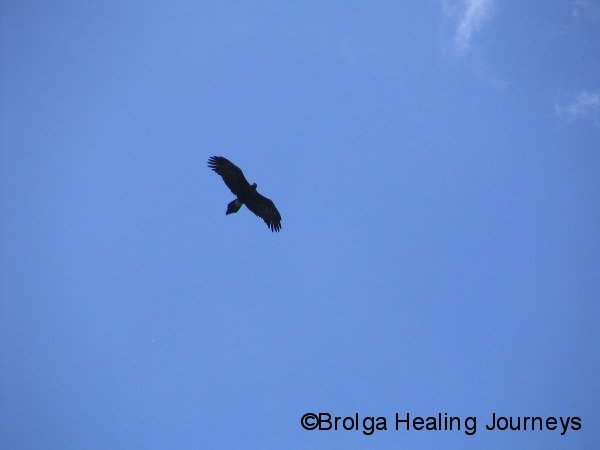
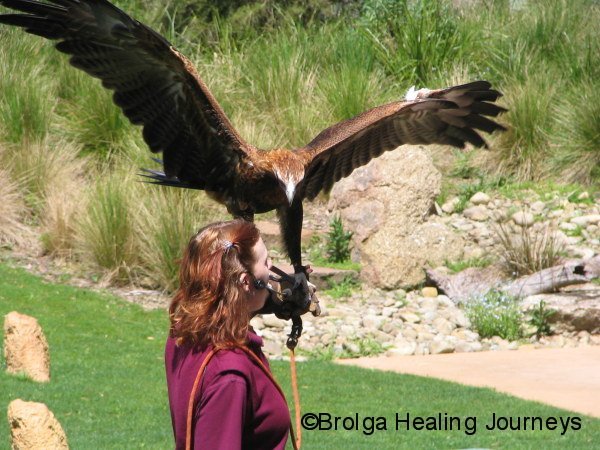
WHITE-BELLIED SEA EAGLE
As its name suggests, this large and beautiful raptor is usually seen around Australia’s coastline, but it is also know to venture inland along rivers and near lakes. We were surprised to see a White Bellied Sea Eagle at Carawine Gorge, some 200 km as the Crow flies (or should I say Eagle soars) from the Pilbara coast in WA.
This Eagle is a proficient hunter, taking a variety of prey including fish, snakes and other reptiles, and ground-dwelling birds.
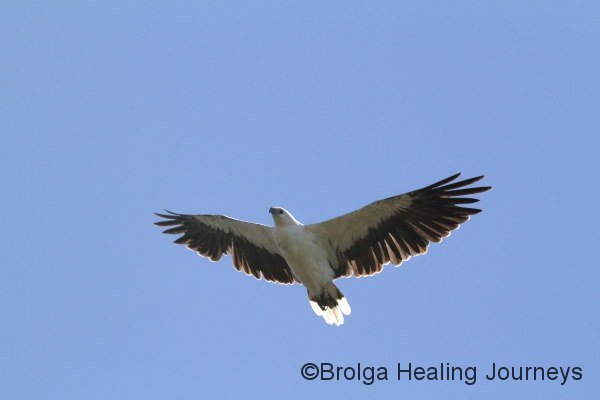
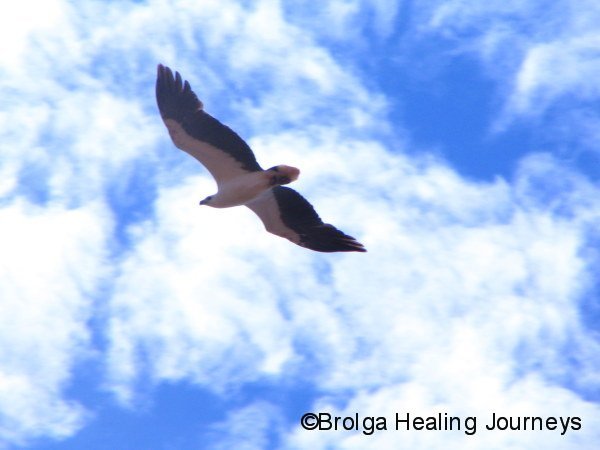

BLACK KITE
Despite its name, the Black Kite is actually dark brown. The Black Kite is an opportunistic feeder, often known to steal food from others of its kind. It is a skillful aerialist, often seen catching insects on the wing near the edge of bushfires. In order not to waste good hunting time, this raptor is able to catch prey in its talons and pass the food to its mouth while still in flight.
One of our larger birds of prey, and commonly seen across inland Australia, the Black Kite is most readily identified in flight by its forked tail.

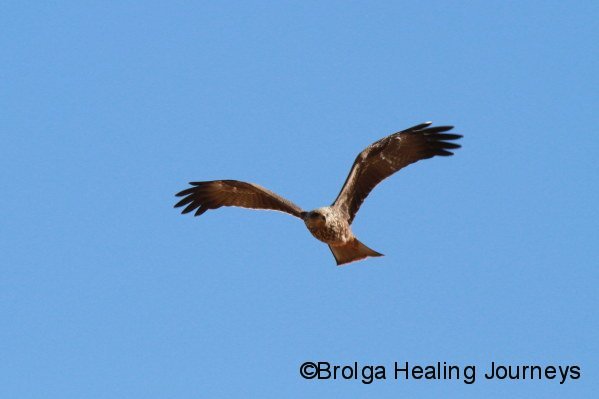
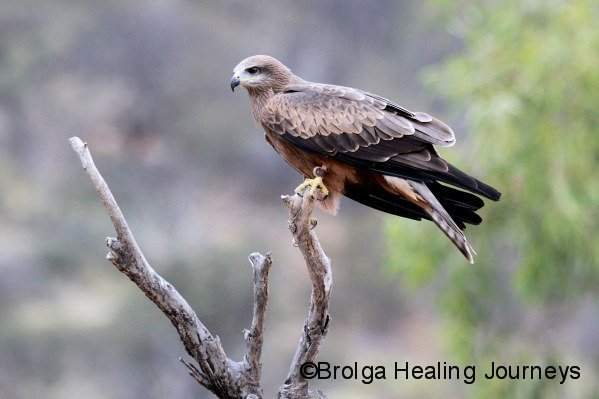
WHISTLING KITE
Similar in size to the Black Kite, the Whistling Kite can be distinguished from the former by its rounded tail. The Whistling Kite is so-named because of its frequent whistling call in flight.
This kite is another skillful flier, often seen swooping down to pluck up unsuspecting fish and small land dwelling creatures with its sharp talons. If you have the time and patience, you might be fortunate to see a Whistling Kite catching fish at an inland waterhole.
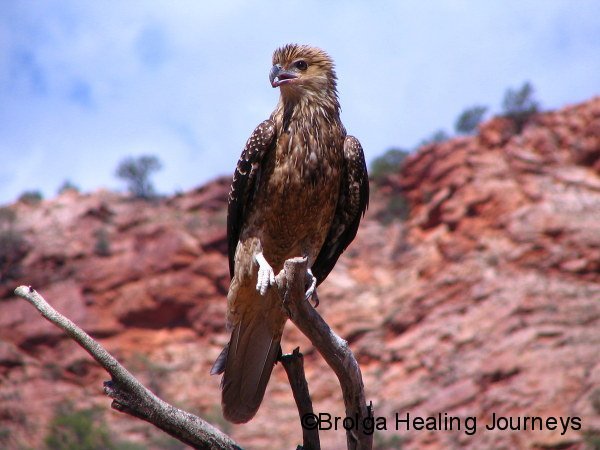
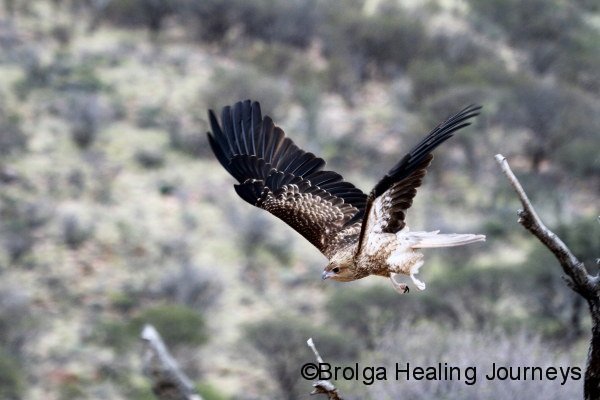
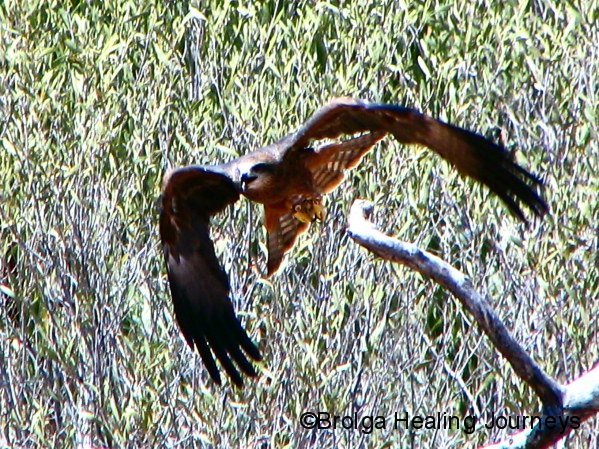
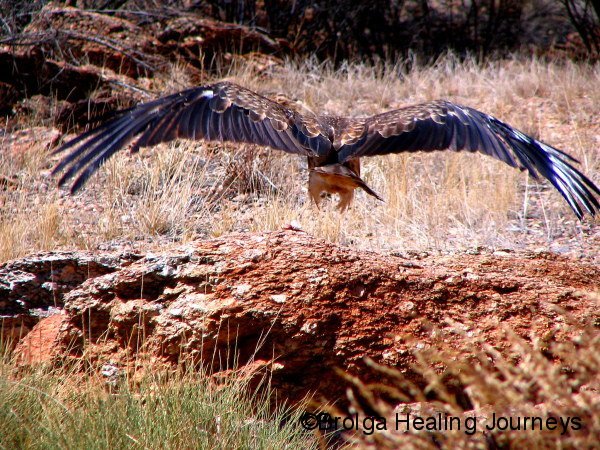
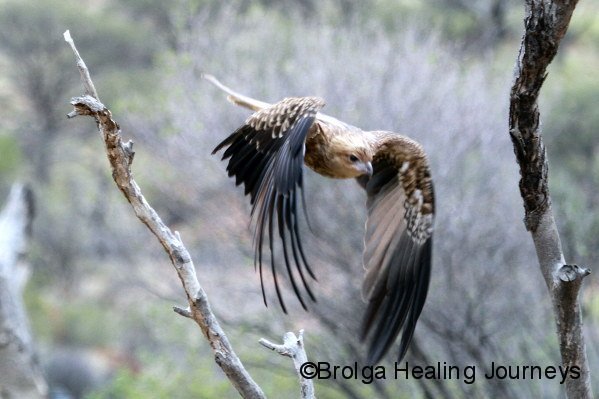
BROWN FALCON
Smaller than the Kites, the Brown Falcon is relatively common across Australia. Its preferred hunting method is to land and catch its prey on the ground. It is agile on its legs, and is often seen chasing its prey across the ground. The Brown Falcon has evolved long, scaly legs to protect it from the bites of the snakes and other reptiles it chases for food.
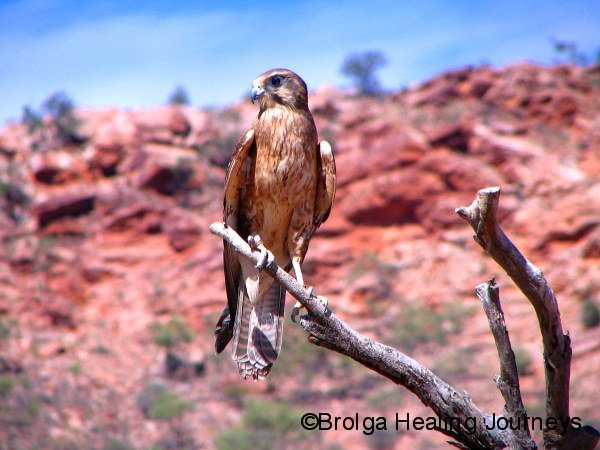
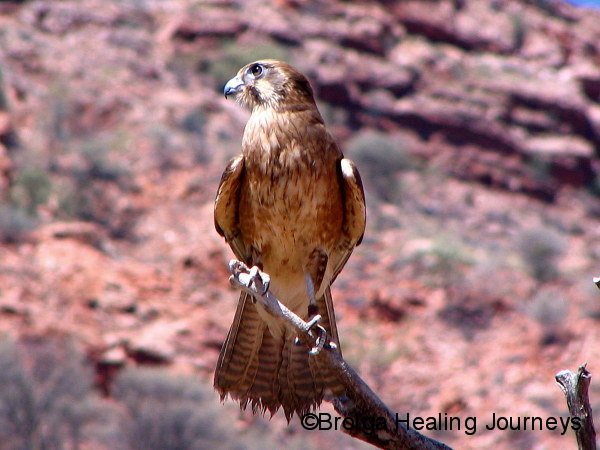
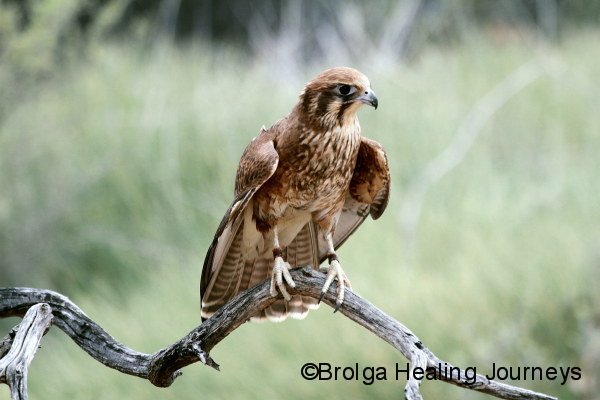
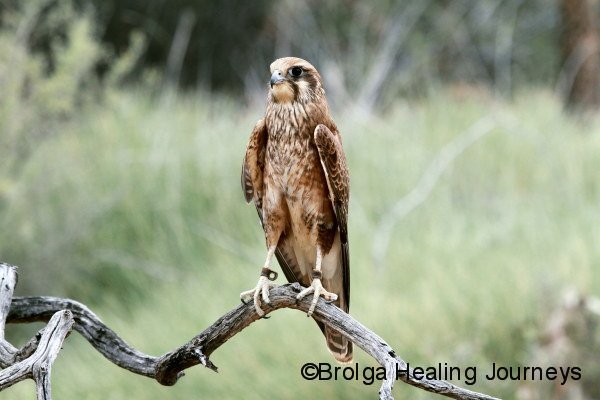
AUSTRALIAN HOBBY
Another member of the Falcon family, the Australian Hobby prefers to catch smaller birds in flight, then land on a high branch to devour their meal. And this was exactly what we noticed in our first sighting of Australian Hobby, in the Mt Remarkable National Park in South Australia, when eagle-eyed Nirbeeja saw one land high up in a nearby tree with its lunch.
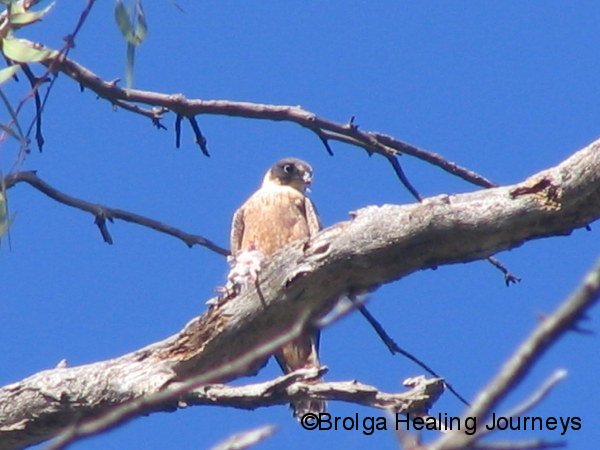
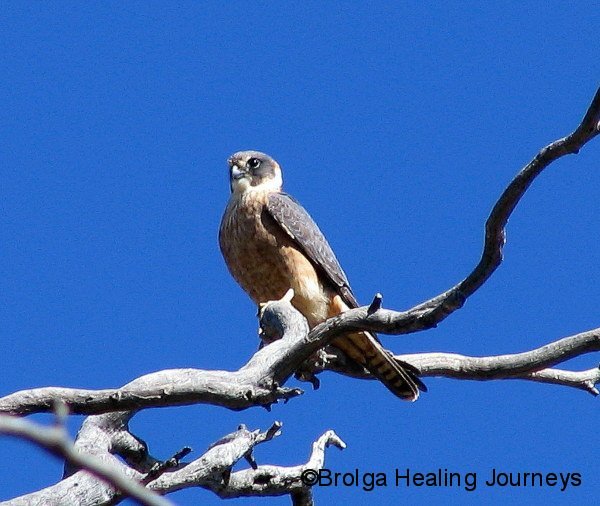
BROWN GOSHAWK
The beautiful, dappled plumage of the Brown Goshawk provides it with wonderful camouflage as it hunts by stealth in forest country, moving quietly from tree to tree in search of its prey. We have noticed several of these attractive birds during our bushwalks. No doubt, given their ability to blend in with their woodland surroundings, we have missed many more.
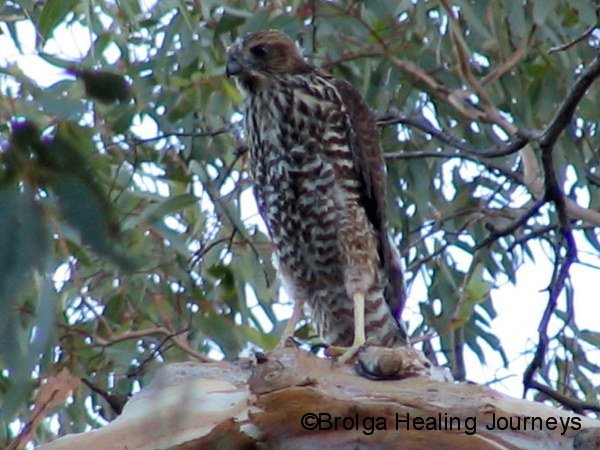
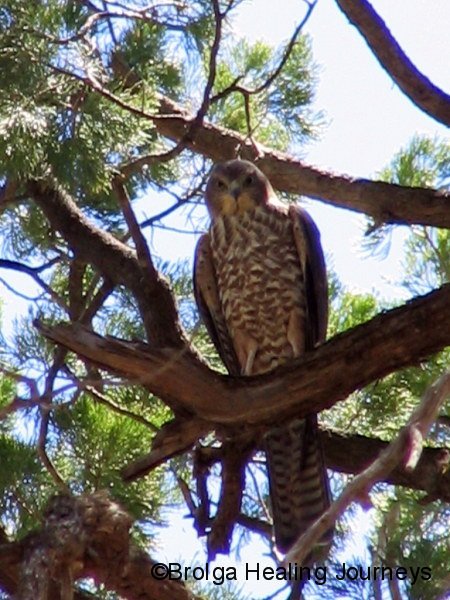
NANKEEN (AUSTRALIAN) KESTREL
One of our smaller raptors, the Nankeen Kestrel, which I mistakenly called a hawk for many years, is often seen hovering patiently twenty metres or so above the ground as it searches for its prey, before diving to complete its kill. Pale to white feathers underneath make it hard to see from the ground, while the upper-parts of this Kestrel are an attractive combination of pale greys, yellows and browns.
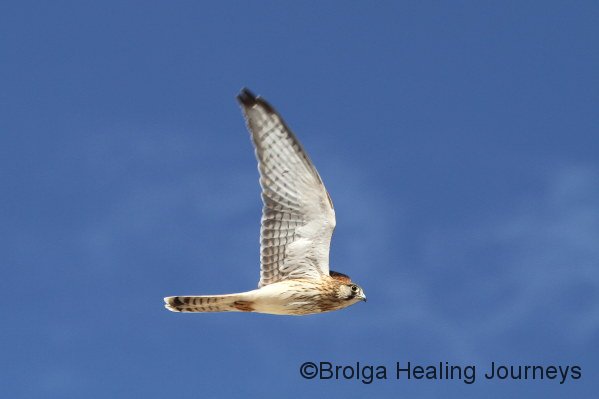
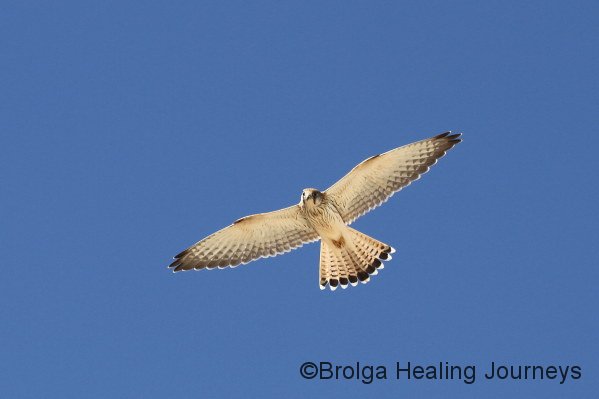
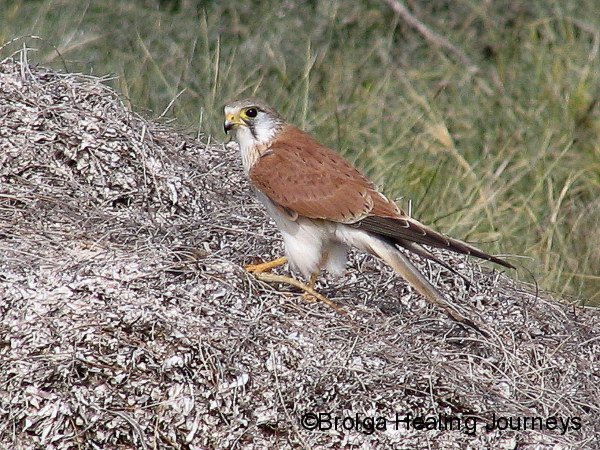
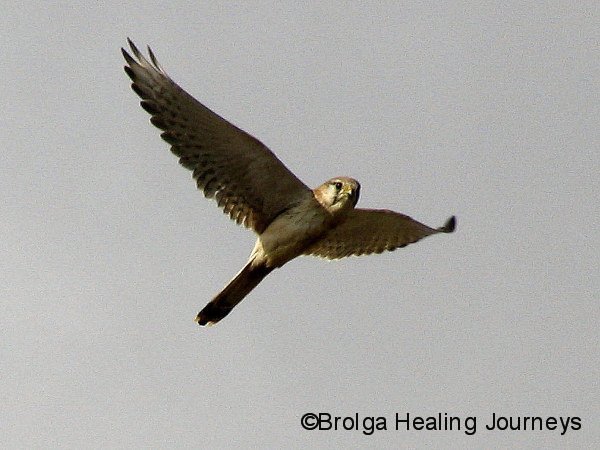
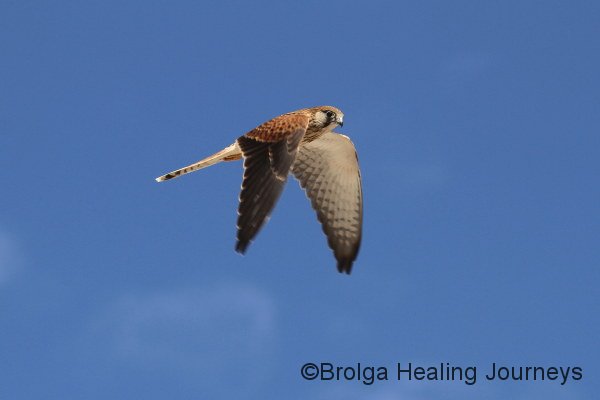
OSPREY
The Osprey is usually seen around the coastline. Similar to the Sea Eagle, the Osprey is adept at fishing- plungine into the ocean to catch its prey. We were fortunate to watch an Osprey as it fished off Innes National Park, at the southern tip of South Australia’s Yorke Peninsula.

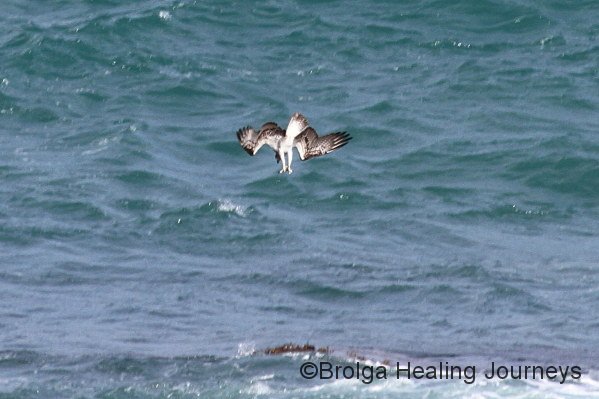
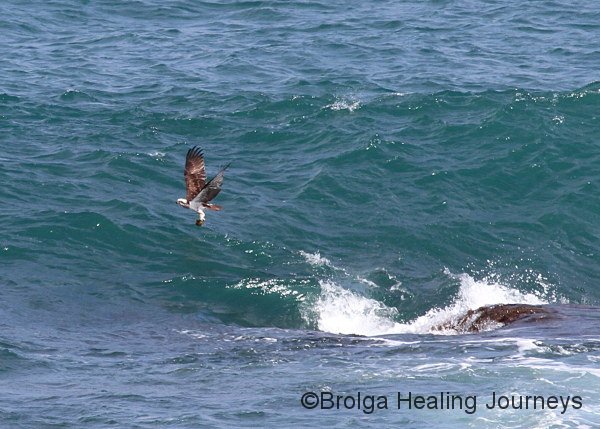
OTHERS
We have been fortunate to see other raptors during our travels, but don’t yet have many photographs of them to share. On the Lakes Bird watching tour with the Broome Bird Observatory, we saw the Black-Shouldered Kite, the Black Breasted Buzzard, the Spotted Harrier and the Swamp Harrier, the last distinguishable by its prominent white rump (as pointed out by our enthusiastic guide Eduardo), and while beach-walking with our friend Barb at Valla Beach in NSW we saw the beautiful Brahminy Kite. We can’t wait to see the wonderfully named Pacific Baza for the first time!
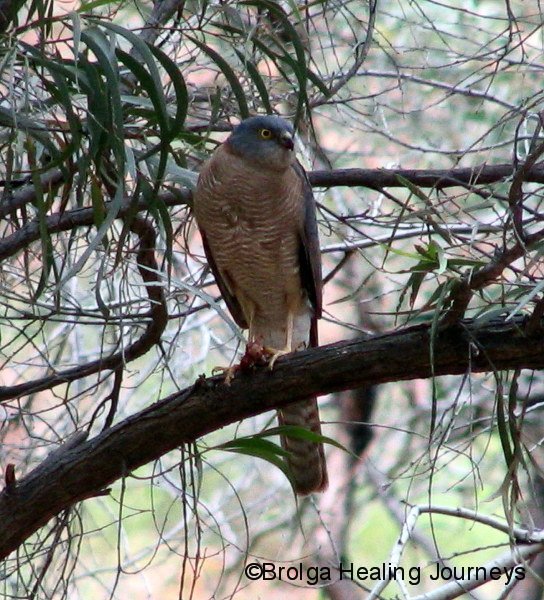
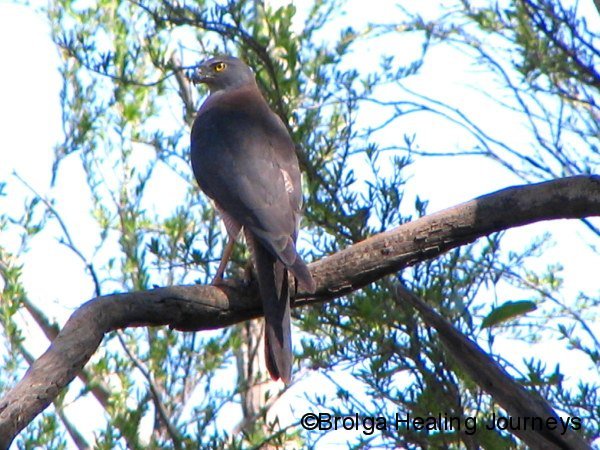




















Wonderfully documented with nice pictures. thank a lot for having shared this facts sheet about Eagles.
In the late 195o’s, while droving in the Queensland Gulf country, I sometimes saw birds hovering above waterholes. On a couple of occasions I watched one dive and it was magic. It appeared to be some kind of egret but, foolishly, I didn’t take note. I’m more puzzled by it today. What might it have been? Any idea?
Sounds interesting Clancy. Do you recall the bird’s colour, and whether it dived directly into the water like a dart or more in a swooping manner?